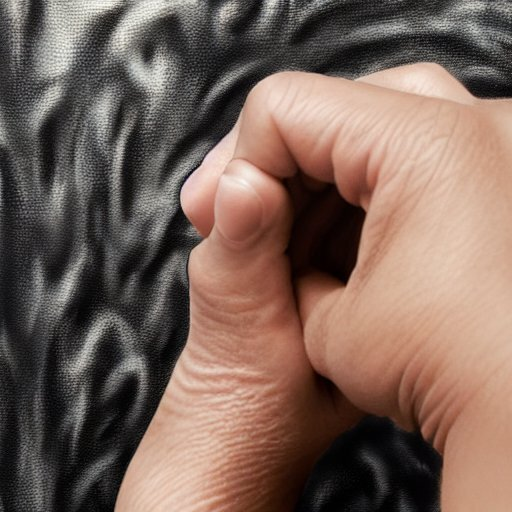Linux noob here. Usually in Windows if I have a 1TB SSD, I make a 250GB partition for Windows and all of its things and I use the rest for a second partition where I install my stuff and store my files.
Usually in case Windows decides to go belly up, I still have my files. In more than 20 years it has never happened but I’ve always done it like that. I mean if Windows goes bad, I can still remove the drive and insert it into a different PC and copy my files away.
Should I shrink Partition 3 and make another one? Or keep it as it is? If I would, I read that I need to boot with a live usb to be able to shrink it. What kind of partition would I make?
Feels like good practice to have
/homemounted on a separate partition if you want to install a different distro or reinstall but I’ve never had to test the theory.This. For home use having a separate / and /home (and maybe a swap) formated as ext4 is solid and allows you to distro hop with ease. As you get more comfortable with Linux, you’ll learn about the luxury of LVM volumes and more exotic filesystems with compression and other features. What is important is to always keep fresh backups. BorgBackup is your friend, you can find a few graphical front ends for it to simplify things.
Works well for distrohopping too, I usually would rename my home to oldhome or something and then just move my files to the new one to prevent dotfiles from potentially causing issues.
Also beware Debian installer with a luks encrypted drive. Where most things will unlock a previously-encrypted drive and use it, Debian installer will (or would, it’s been a while) reformat the encryption before it confirms any potential partition layout changes and you can end up with an empty drive before you know it.
Just add a new user when you install a new distro, then you can have a fresh start. If you want to try your old one, just
useraddyou old user and try it out.
If you use something like btrfs you can use a single partition and just use sub volumes to achieve similar. Though it’s definately more complex.
I’ve heard the same but I went with the defaults as a n00b. Ubuntu made me create a /swap and other sub directories.
Is the screenshot you posted from Ubuntu or Pop!_OS? Because partition 4 is a swap partition.
But I agree with mudeth, having a system partition and a dedicated /home one is a decent setup.
I wouldn’t use multiple partitions anymore. First of all, you would have to decide how large your home and system partitions are which can be annoying later if you either want to install large programs/games on your system or, say, download large videos into your home partition. Apart from that, SSDs life span is reduced if you partition them, because the controller then can’t distribute writes across the while disk, so the cells will not get worn out uniformly.
The SSD write distribution theory sounds plausible but do you have any sources on that?
I wouldn’t be surprised if SSD controllers distribute writes across partitions, transparently to the OS; if I was an engineer designing these things that’s how I’d do it.
Unfortunately I haven’t got any source. I read that many years ago, so it’s very possible that modern SSDs behave like you suggested.
I’m pretty sure you’re right
I usually make 3 partitions:
- /boot
- EFI GPT
- LVM or LUKS+LVM
With the LVM partition, you can carve that up and easily resize/reallocate space as needed. If it’s the last partition on the drive you can easily increase the size of you clone to a larger drive later.
LUKS is off you also want encryption (which in my case I do, with the unlock key in the EFI or TPM).
It usually ends up looking like
- sda1: /boot
- sda2: [EFI GPT]
- sda3: [LUKS] -->LVM with rootfs, var, home, tmp volumes
I personally always have a 50GB / (root) partition and then make another partition for my /home folder. That way if something goes FUBAR, I can easily reinstall without needing to migrate my data somewhere else first.
I always make separate root and home partitions plus the EFI system partition. On a desktop, I will put home and root on separate drives.
I use btrfs for root, so it gets a bit more complicated with subvolumes since I want to exclude some stuff from snapshots.
off topic question: what is the purpose of the unallocated 2mb at the start and the end of the drive?
I think it’s a little buffer to make sure the actual blocks on the disk exist and line up with the partition start, but definitely don’t quote me on that
I don’t know that’s how Pop OS configured it. I gave it the entire drive and it made the partitions and everything.
same for my manjaro install lol, it kinda bothers me but there must be some reason
There has to be a small unused area at the start for the partition table. 2MB is far more than is needed for that, but leaving less would tank performance due to the fs blocks and disk blocks not being aligned.
that clears things up. thanks!
Removed by mod
Maybe for gaming but for my work that would be impossible.






